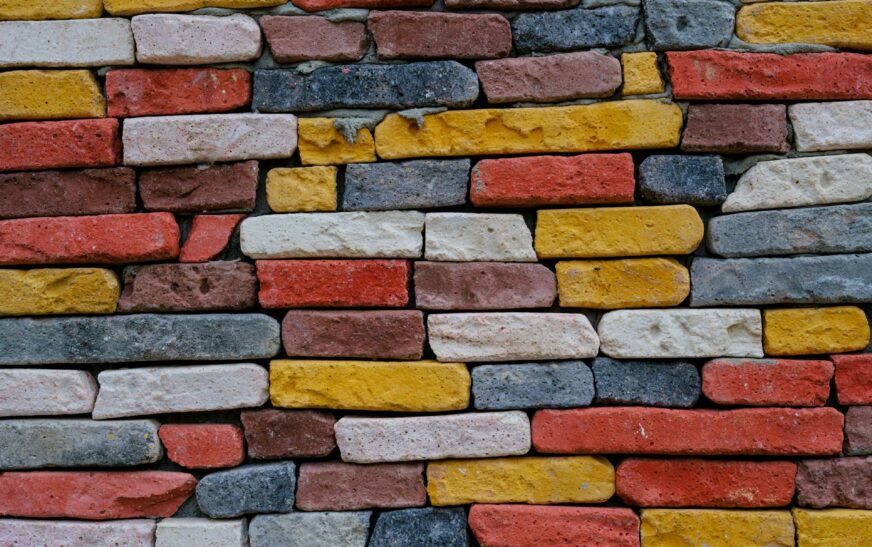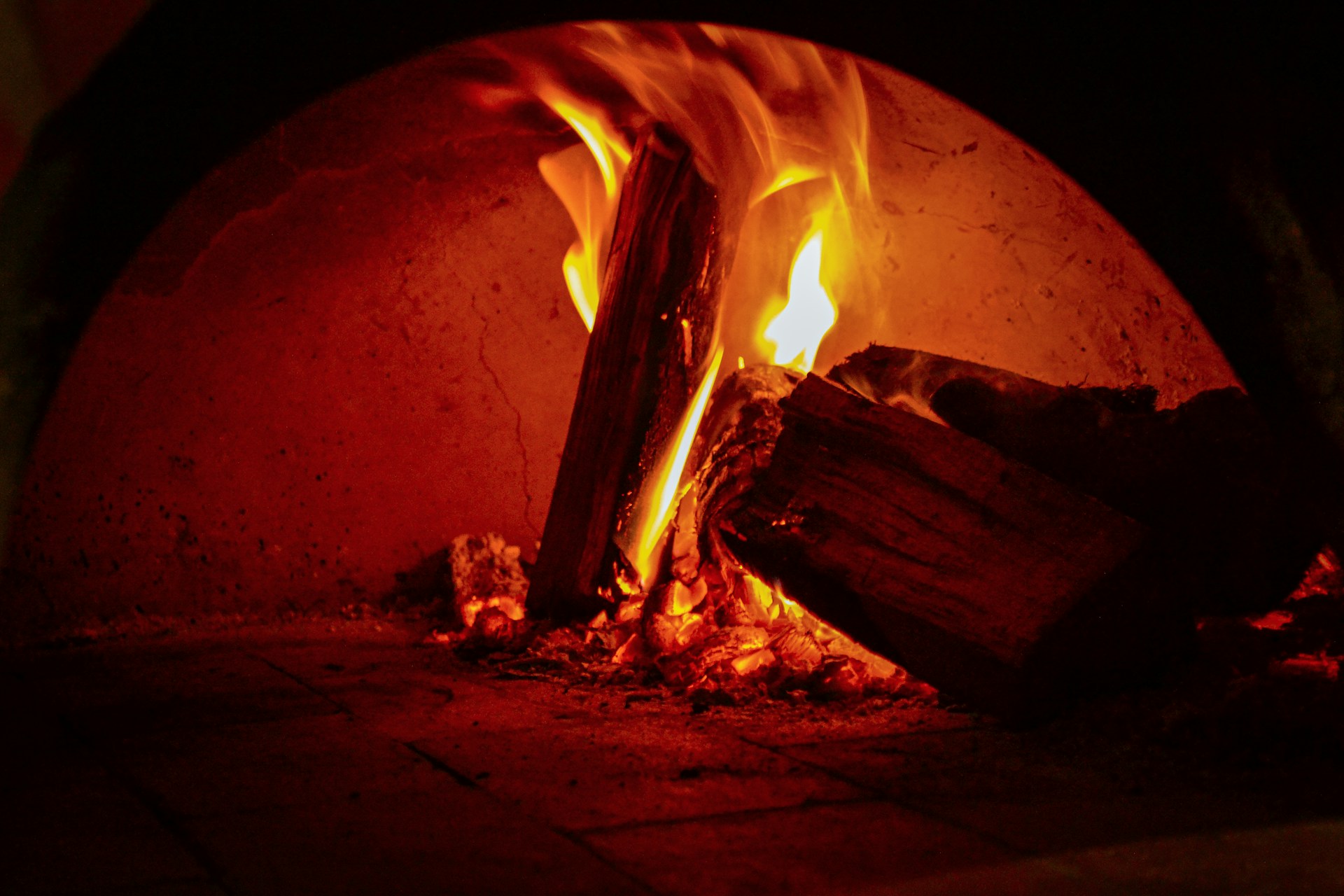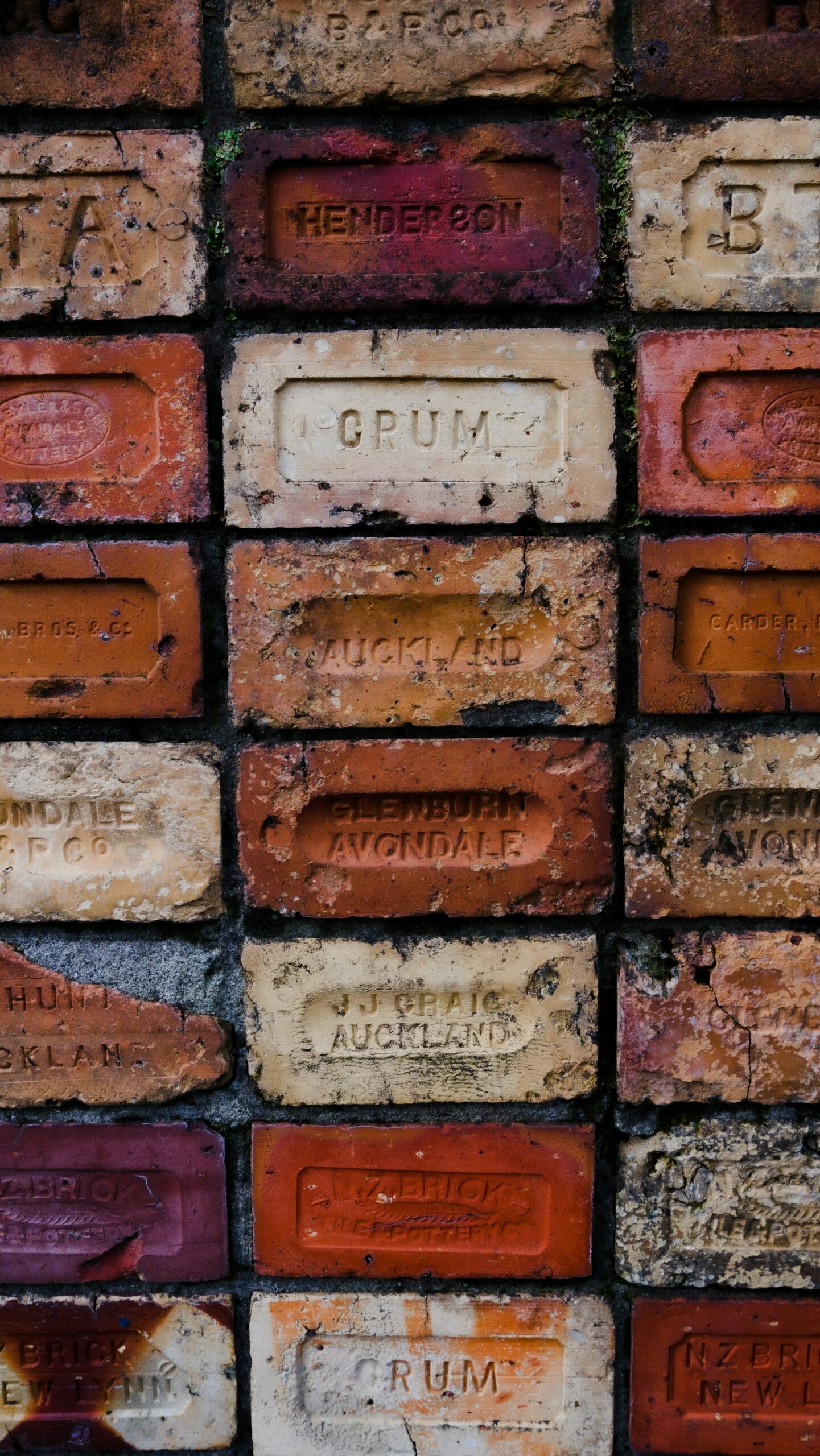Brick: tough, textured, a little moody. It can last centuries… but slap the wrong paint on it and it’ll get revenge. We’re talking peeling, blistering, crumbling—the works.
So the real question isn’t “Can you paint brick?” (yes, you can). It’s “What paint won’t make your brick self-destruct?”
Let’s break it down.
Why You Can’t Just Grab Any Old Paint
Brick is not drywall. Or wood. Or that IKEA shelf you painted on a whim. It’s porous—basically a sponge with an attitude.
That means it absorbs water, then releases it naturally. Now picture wrapping that sponge in plastic (aka slapping on the wrong paint). Where does the moisture go? Nowhere. It just sits there, freezes, expands, and eventually cracks the face off your brick. Congratulations—you’ve upgraded from “cozy cottage” to “structural nightmare.”
That’s why breathability is the holy grail. The right paint keeps water vapor moving out while still protecting against rain, humidity, and sunlight.
The Best Paints for Brick
Here are the heavy hitters that actually get along with brick1. Mineral-Based Paint (Silicate Paint) – The Gold Standard
- Breathable, eco-friendly, lasts decades.
- Chemically bonds with the brick (it’s basically a long-term relationship, not a fling).
- Doesn’t peel, doesn’t trap moisture.
If brick could swipe right, it would match with silicate paint every time.
2. Acrylic Latex Paint (Masonry-Specific) – The Reliable Middle Ground
- Flexible, durable, and UV-resistant.
- Works indoors and outdoors (with a breathable masonry primer).
- Important: Regular latex wall paint ≠ masonry paint. Don’t cheap out here.
This is your practical option—solid, safe, and looks good, as long as you prep properly.
3. Elastomeric Paint – The Tricky One
- Super thick and water-resistant.
- Great for hiding little cracks.
- But… it can suffocate your brick if you use it wrong.
Think of elastomeric paint like bubble wrap: protective, but not exactly breathable. Works okay in dry climates, but in humid areas it’s a one-way ticket to Mold Town.
Primer: The Non-Negotiable Step
Skipping primer on brick is like skipping sunscreen at the beach—it’ll catch up with you.
- Helps the paint actually stick.
- Evens out brick’s porosity.
- Prevents your wall from guzzling up the first coat and leaving you blotchy.
Bottom line: primer sets the stage for a smooth, even, long-lasting finish.
Read More : Is Painted Brick Bad? Here’s What You Should Know Before You Paint
Interior vs. Exterior Brick
Yep, it makes a difference.
- Interior brick: Protected from the elements, so acrylic-based paints usually do the job. Think fashion statement.
- Exterior brick: Beaten by rain, snow, sun, squirrels—you name it. Out here, breathability and weather resistance aren’t optional, they’re survival gear.










